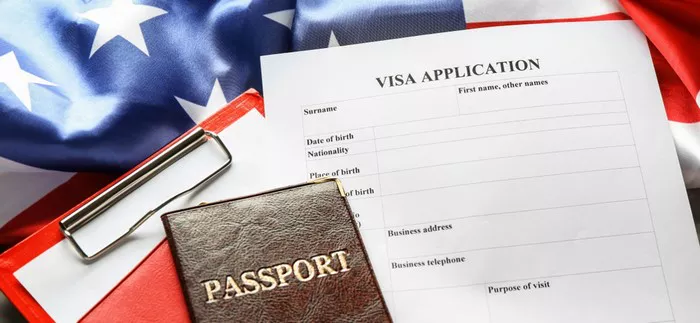In an increasingly interconnected world, unforeseen circumstances can necessitate urgent international travel. Whether due to a family emergency, business obligations, or unexpected events, obtaining an emergency visa becomes crucial. This comprehensive guide aims to demystify the process, providing step-by-step instructions and valuable insights into navigating bureaucratic complexities.
Understanding Emergency Visas: A Primer
An emergency visa is a special travel document issued under exceptional circumstances, allowing individuals to enter a country swiftly. Unlike regular visas, which follow a structured application timeline, emergency visas prioritize urgent situations. They are typically granted for humanitarian reasons, critical business needs, or unforeseen personal emergencies.
Step 1: Assessing Eligibility and Need
Before initiating the application process, it’s vital to determine if your situation qualifies for an emergency visa. Common eligible scenarios include:
Medical Emergencies: Sudden illness or injury requiring immediate medical attention abroad.
Family Crises: Death, severe illness, or legal matters involving close relatives residing overseas.
Business Obligations: Unforeseen work-related travel requirements essential to the functioning of a business or organization.
Step 2: Identifying the Relevant Embassy or Consulate
Once eligibility is confirmed, identifying the appropriate embassy or consulate is paramount. Each country has specific diplomatic missions responsible for visa issuance. Contact details, including phone numbers and email addresses, can typically be found on official embassy websites or through consular directories.
Step 3: Gathering Required Documentation
Documentation requirements vary by country and the nature of the emergency. Generally, applicants should prepare:
Passport: Valid passport with at least six months of validity beyond the intended stay.
Application Form: Completed visa application form specific to the emergency visa category.
Supporting Documents: Evidence substantiating the emergency, such as medical reports, death certificates, or official correspondence.
Step 4: Initiating Contact with the Embassy
Initiating contact with the embassy or consulate should be done promptly and succinctly. Communication methods may include:
Phone: Directly calling the embassy’s consular section to explain the situation.
Email: Sending a detailed message outlining the emergency and attaching relevant documents.
Online Forms: Some embassies provide web-based inquiry forms for emergency visa requests.
SEE ALSO: COUNTRIES THAT OFFER VISA-FREE TRAVEL: A COMPREHENSIVE GUIDE
Step 5: Submitting the Application
Once initial contact is established, follow embassy instructions regarding application submission:
In-Person: Depending on the urgency and embassy protocols, an in-person visit may be required to submit documents and biometric data.
Online Submission: Some embassies allow for electronic submission of applications and supporting documents.
Step 6: Processing and Approval
Processing times for emergency visas vary based on the consulate’s workload and the complexity of the emergency. Expedited processing may be available in severe situations:
Follow-Up: Maintain regular communication with the embassy or consulate to inquire about the status of your application.
Additional Documentation: Be prepared to provide supplementary information if requested by consular officers.
Step 7: Receiving the Visa
Upon approval, the embassy will issue the emergency visa:
Delivery Options: Choose between picking up the visa in person or utilizing a courier service for delivery.
Validity and Conditions: Verify visa validity dates and any restrictions on entry or duration of stay.
Navigating Challenges: Common Obstacles and Solutions
While obtaining an emergency visa is designed to be efficient, challenges may arise:
Documentation Issues: Insufficient or improperly formatted documents can delay processing. Double-check requirements and seek embassy guidance if unsure.
Language Barriers: Communicating effectively in the embassy’s official language is crucial. Consider professional translation services if necessary.
Financial Considerations: Emergency visas may incur additional fees. Budget accordingly and inquire about fee waivers in dire financial circumstances.
Conclusion
Securing an emergency visa demands readiness, diligence, and adherence to diplomatic protocols. By understanding eligibility criteria, compiling thorough documentation, and maintaining proactive communication with consular authorities, applicants can navigate the process successfully. Remember, embassies are there to assist during challenging times, ensuring swift and compassionate handling of emergency visa requests.
In summary, while the need for an emergency visa often arises from distressing situations, proactive preparation and methodical execution can alleviate stress and facilitate timely travel. Embrace the guidance provided in this article to navigate the complexities of emergency visa acquisition effectively.


